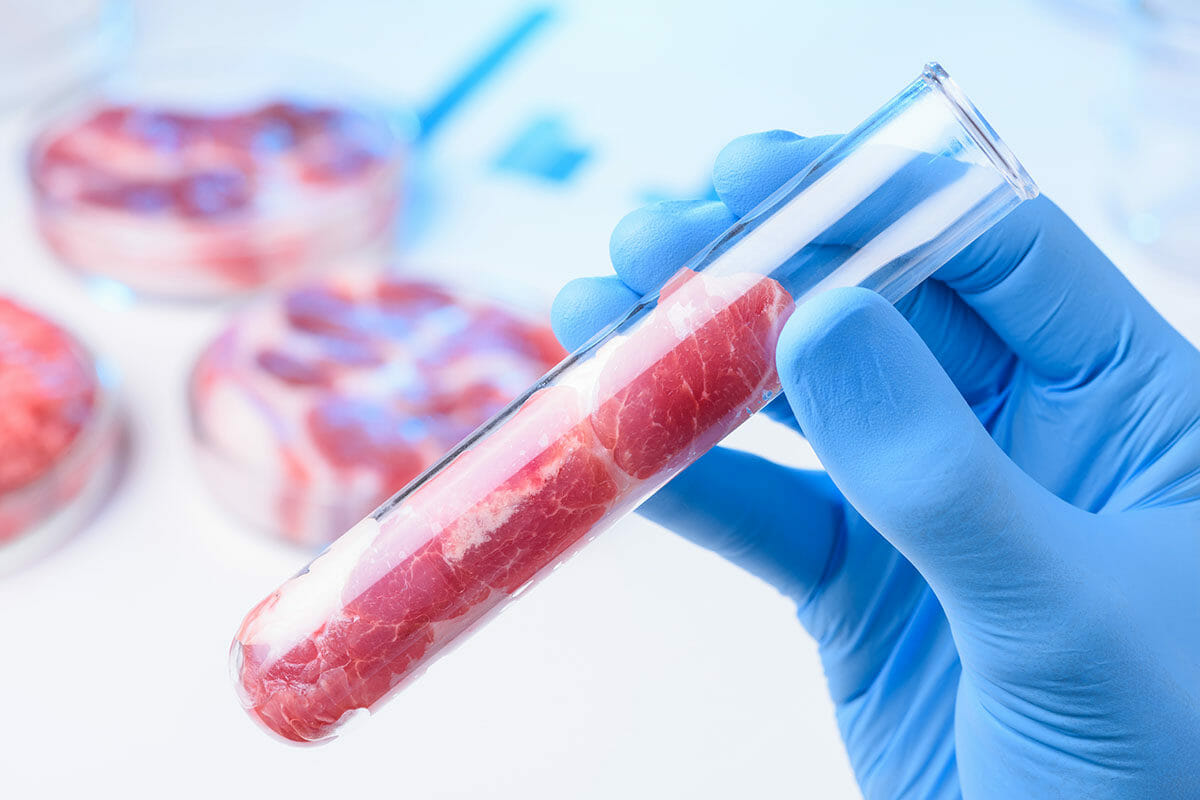Advocates say cell-based meat could reduce emissions and improve biodiversity, while critics argue that for now it’s mostly hype.
By Coco Liu
Cultured meat. Cultivated meat. Lab-grown meat. Cell-based meat. Whatever you call it, the newest addition to alternative protein is having a bit of a moment. Over the past few months, Singapore’s government wined and dined VIP guests with cultivated meat at COP27, lab-grown chicken passed its first hurdle with the US Food and Drug Administration and a landmark global agreement to protect biodiversity applied new pressure to rethinking how beef, pork, chicken and seafood are produced.
Advocates of cultivated meat say it could be an answer to soaring agricultural emissions, deteriorating biodiversity, and alarming food insecurity, while critics worry that the high cost of cultivated meat, alongside its regulatory hurdles and unproven scalability, make it mostly hype for now. Everyone agrees that many questions remain. For now, here’s what we know about the present and potential future of meat grown in a lab.

** Click here to read the full-text **










